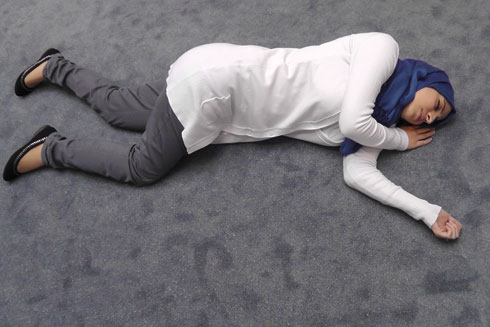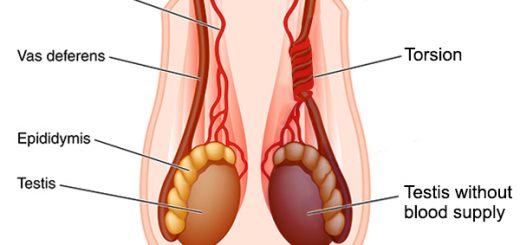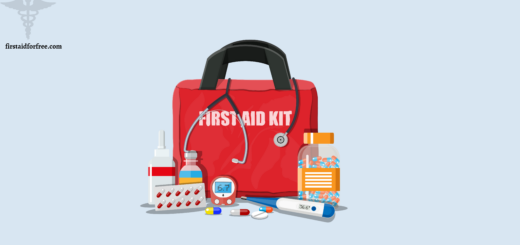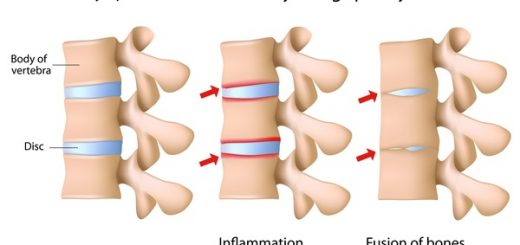How to place someone into the recovery position
Casualties are placed in the recovery position whenever they are found to be unconscious and breathing. This is a stable position and maintains a clear airway. The recovery position allows fluids to drain freely from the mouth and allows ease of respiration, as there is little weight on the chest.
When someone is unconscious, the airway is in danger for two reasons. Lying on their back, as many unconscious people do, their jaw tends to slump and so their tongue falls to the back of their throat, blocking the airway. Vomiting can block the airway, and worse; if a casualty inhales their vomit (acidic) then it can attack their lung.
Once the casualty has been turned into the recovery position the first aider must then ensure that help has been called.
After seeking help, the first aider should closely monitor the casualty, checking breathing and pulse at regular intervals. It is also important to continually talk to the casualty, as they may be able to hear you even if they are unconscious.
Danger: Check for any danger to either yourself or the casualty.
Response: Check for a response: shout and gently shake the shoulders.
Airway: Place two fingers under the chin and gently lift, and one hand on the forehead, and gently tilt the head back.
Breathing: Check for breathing by looking, listening and feeling for breathing for up to 10 seconds. Ensure the casualty is taking more than the occasional gasp. If they are not breathing start Cardiopulmonary Resuscitation (CPR).
If normal breathing is present, place the victim in the recovery position in order to protect their airway.
How to place someone into the recovery position
- Take the arm closest to you. Place it so that it is at right angles to the body, with the hand pointing upwards or as it will stay.
- With your hand which is closer to their head, take hold of their furthest hand and bring it over to touch the cheek which is closest to you – palm outwards. This will support their head.
With your other hand, pull their far leg up so that the foot is by the closer knee. - Gently but firmly, pull the raised knee towards you. They will roll over towards you; support their head with your hand as they do so that it doesn’t flop.
- Tilt their head slightly back to re-open the airway.
- Call for emergency help
This photo demonstrates how the recovery position should look






